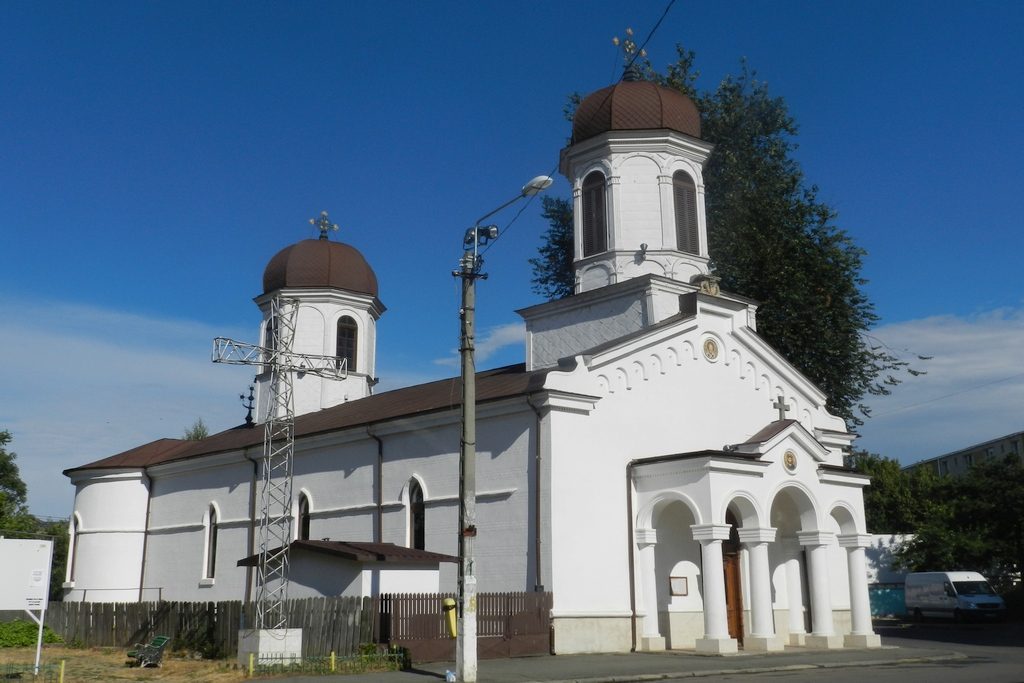

On the occasion of the celebration and in the thirties of the former century of Saint Nicholas from Mira Lichiei and the existence of the church at 1630, demonstrates the fact that the halidom was ancient enough, its foundation being lost in the time immemorial, as well as the beginnings of the century where it is situated.
The lacking of the documents doesn’t allow us to be able to follow the historical evolution of the church with the titular saint of Saint Nicholas, but certain information reached to our attention, coming to confirm its existence. Hence, in the geographical description of Bauer, it is said that in 1778 there was a church in Călărași, and at the 19th of October 1783, the ruler Mihail Șuțu demands to be brought at Bucharest, Popa Radu from Lichirești, to be punished for breaking the law and for the fact that he stood as witness in a trial, without the consent and the judgment of the bishop.
The theater of military operations in the wars which the Russians had with the Ottoman Empire, starting with the second half of the XVIIIth century and in the first half of the XIXth century, under a religious aspect, Călărași winning the reparations of the church which were made by the Russians, in the year 1812.
As we are approaching the XXth century, the documents regarding the moral – religious life are more numerous. Therefore, in a report regarding the moral and the material state of the churches on the trimester April 1895 – March 1896, realized by the congregation priest G.M. Sachelarie there was mentioned the fact that the congregation church is old, but well maintained, it has a perfect cleaning, doesn’t leave anything to regrets. The priests don’t own sacerdotal clothing, but their procurement will be provided in the following budget of the church. The holy vessels are in a good state, as are the service books. In the years 2008 – 2010, there have been restored the painting and the pews, there have been replaced the windows and the roof has been redone with the two domes. In the year 2011, there has been replaced the old floors with the current one, made from granite, and in the year 2012, there have been made capital reparation at the level of the façade.
The church is made of brick, on a resistant foundation; it has the shape of a shop with the length of 29 m, the width of 10, 5 m and the height of 21 m, having two smaller apses and the apse of the altar is bigger, of a semi-circular shape. The church porch is rectangular, opened and delimited by four supports of a round shape. In the nave and in the narthex, the ceiling is right and it is supported on two rows of supports, of five ones, in a round shape, with beautiful capitals, reminding us about the church the Birth of God from Bethlehem.
The domes are two as number, one is opened and one is closed, the closed one serving as church tower, where there are installed the two bells. The roof and the domes are covered with galvanized plated.
The church’s painting, executed in oil and in a realistic style, is of a great artistic value, being executed in the year 1908 by the Italian painter Orest Cantini. The altar screen, the screen and the two bishop stalls, of a particular noblesse, are executed from oak wood, by the sculptor M. Babic, in the year 1908. The emperor icons, the icons of the titular saint and of the Saint John the Baptist from the altar screen, are chained with silver, having a spectacular work.
The congregation has a functional Congregation library. The congregation organizes congregation activities with the church – goers, as well as with the students from the congregation.
